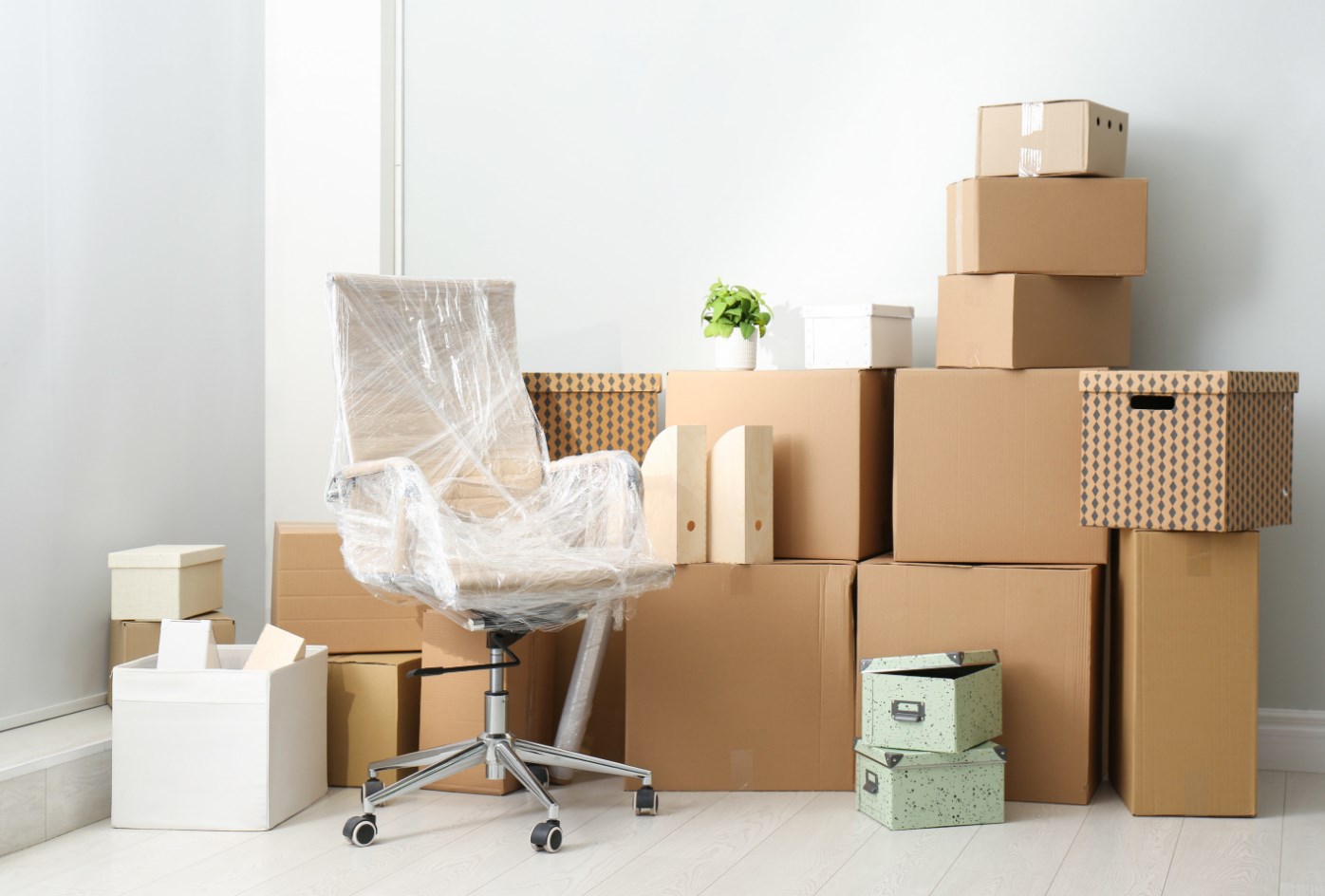Moving can be a stressful and overwhelming experience, especially when it comes to packing your belongings. With so many items to sort, wrap, and pack, it can be challenging to know where to start and how to ensure that everything arrives safely at your new home. However, with a well-planned packing system, you can streamline the process and reduce the stress of moving. In this article, we’ll provide you with a step-by-step guide on how to create your own packing system for moving.
Step 1. Decluttering Before Packing
Before you begin packing, it’s essential to declutter and get rid of anything you no longer need. Go through each room and decide which items you want to keep, donate, or discard. This process will not only make packing easier but also help you start fresh in your new home.
Step 2. Sorting and Categorizing Your Belongings
Once you have decluttered, sort your belongings into categories such as clothing, kitchen items, books, and documents. This will make it easier to pack and keep track of everything. Here are some tips:
- Declutter: Before you start packing, take some time to declutter your belongings. Get rid of items that you no longer need or want. Consider donating or selling items that are in good condition.
- Categorize: Once you’ve decluttered, start categorizing your belongings. Create categories such as clothing, kitchen items, electronics, etc. This will make it easier to pack and unpack your belongings.
- Label: Label each box with the category it belongs to. This will make it easier to find what you need when you arrive at your new home.
- Separate Fragile Items: Separate fragile items from the rest of your belongings. Pack them separately and label the box as “fragile” to ensure that they are handled with care during the move.
- Create an Inventory: Create an inventory of your belongings as you pack. This will help you keep track of what you’ve packed and ensure that nothing gets lost during the move.
Step 3. Gathering Packing Supplies
Before you begin packing, gather all the necessary supplies such as boxes, packing tape, bubble wrap, packing paper, and markers. Make sure to have enough supplies to avoid last-minute runs to the store.
Step 4. Labeling Your Boxes
Labeling your boxes is crucial to ensure that you can find what you need when you arrive at your new home. Label each box with the room it belongs to and a brief description of its contents. You can also use color-coded labels to make it easier to identify each room.
Step 5. Packing Your Belongings Room by Room
Start packing room by room, beginning with the least-used items. Pack each box with similar items, and make sure not to overpack the boxes. Fill any gaps with packing paper or bubble wrap to prevent items from shifting during transit.
Step 6. Handling Fragile Items
Fragile items such as glassware, dishes, and artwork require extra care when packing. Wrap each item in bubble wrap or packing paper and label the box as “fragile.” You can also use dish packing boxes that come with dividers to keep your dishes safe during the move.
Step 7. Packing Electronics and Appliances
When it comes to packing electronics and appliances, it’s important to take extra care to ensure that they arrive safely at your new home. Make sure to pack them in their original packaging if possible, or use bubble wrap and packing paper to protect them during transit. Label each box with the item’s name and whether it’s fragile or not. Here are some tips:
- Gather Supplies: Before you start packing, gather the necessary supplies such as bubble wrap, packing paper, tape, and boxes. Make sure that you have boxes that are the right size for your electronics and appliances.
- Back Up Data: If you’re packing a computer or other electronic device that stores important data, be sure to back up your data before packing it.
- Pack Cords and Accessories: Remove all cords and accessories from your electronics and appliances and pack them separately in labeled bags or boxes. This will make it easier to set up your electronics and appliances at your new home.
- Wrap and Pad: Wrap your electronics and appliances in bubble wrap or packing paper to protect them during transit. Use padding such as foam or blankets to protect them further.
- Secure in Boxes: Once wrapped and padded, place your electronics and appliances in boxes that are the right size. Fill any gaps with packing paper or foam to prevent them from shifting during transit.
- Label: Label each box with the name of the item, its contents, and which room it belongs in. This will make it easier to unpack and set up your electronics and appliances in your new home.
Step 8. Wrapping Furniture and Large Items
Wrap furniture and large items such as mattresses and sofas with furniture pads or moving blankets to protect them during the move. Disassemble any items that can be taken apart to make them easier to pack and transport.
Step 9. Loading and Unloading Your Boxes
When loading the moving truck, place the heaviest boxes at the bottom and lighter boxes on top. Make sure to distribute the weight evenly and secure the boxes with straps or bungee cords to prevent them from shifting during transit.
When unloading the boxes, start with the heaviest items and place them in the appropriate rooms. Use a dolly or hand truck to move heavy items and furniture safely. Make sure to check the labels on the boxes to ensure that they go to the correct room.
Creating a packing system for your move can save you time and reduce the stress of moving. By following these steps, you can ensure that your belongings arrive safely at your new home. Remember to declutter before packing, sort and categorize your items, gather packing supplies, label your boxes, pack room by room, handle fragile items with care, wrap furniture and large items, and load and unload your boxes safely.

